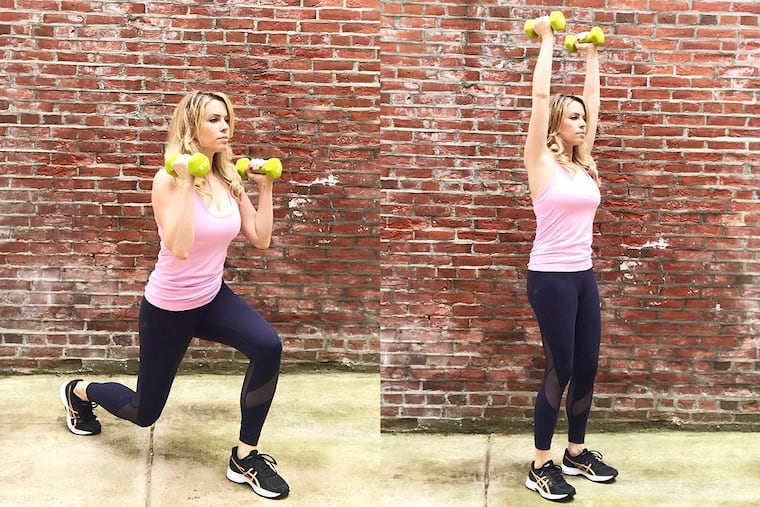5 exercises to destroy belly fat
When visceral fat forms around vital organs located in the abdomen, the risk of developing deadly conditions like diabetes, cardiovascular disease, Alzheimer’s, and cancer increases.

When visceral fat forms around vital organs located in the abdomen, the risk of developing deadly conditions like diabetes, cardiovascular disease, Alzheimer’s, and cancer increases.
